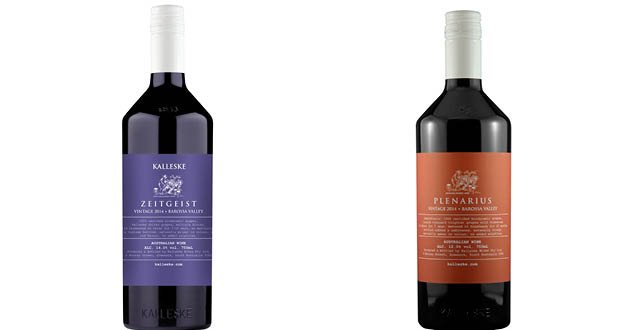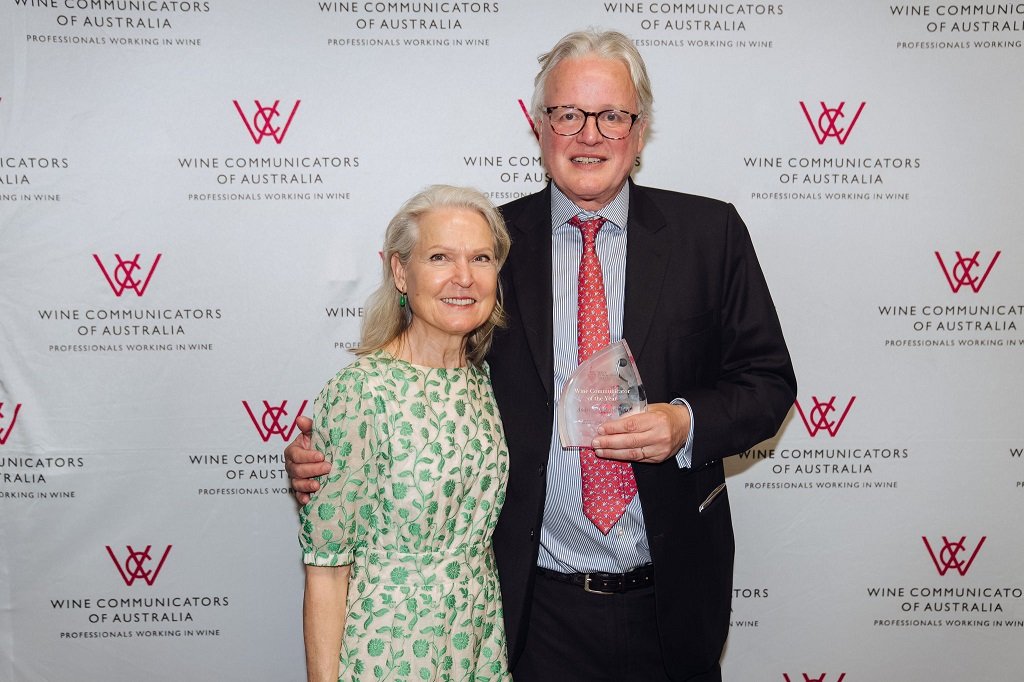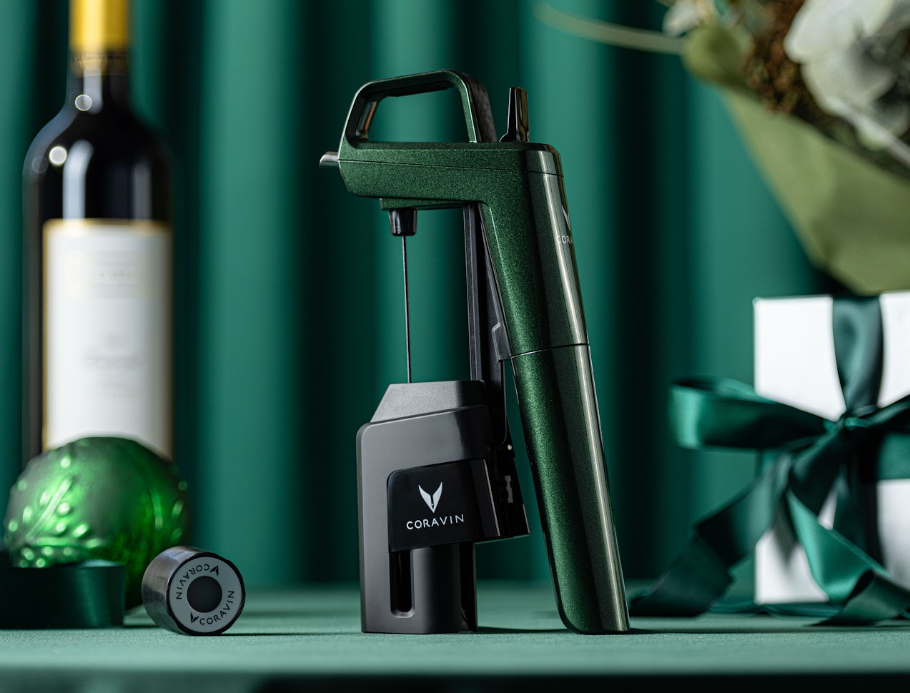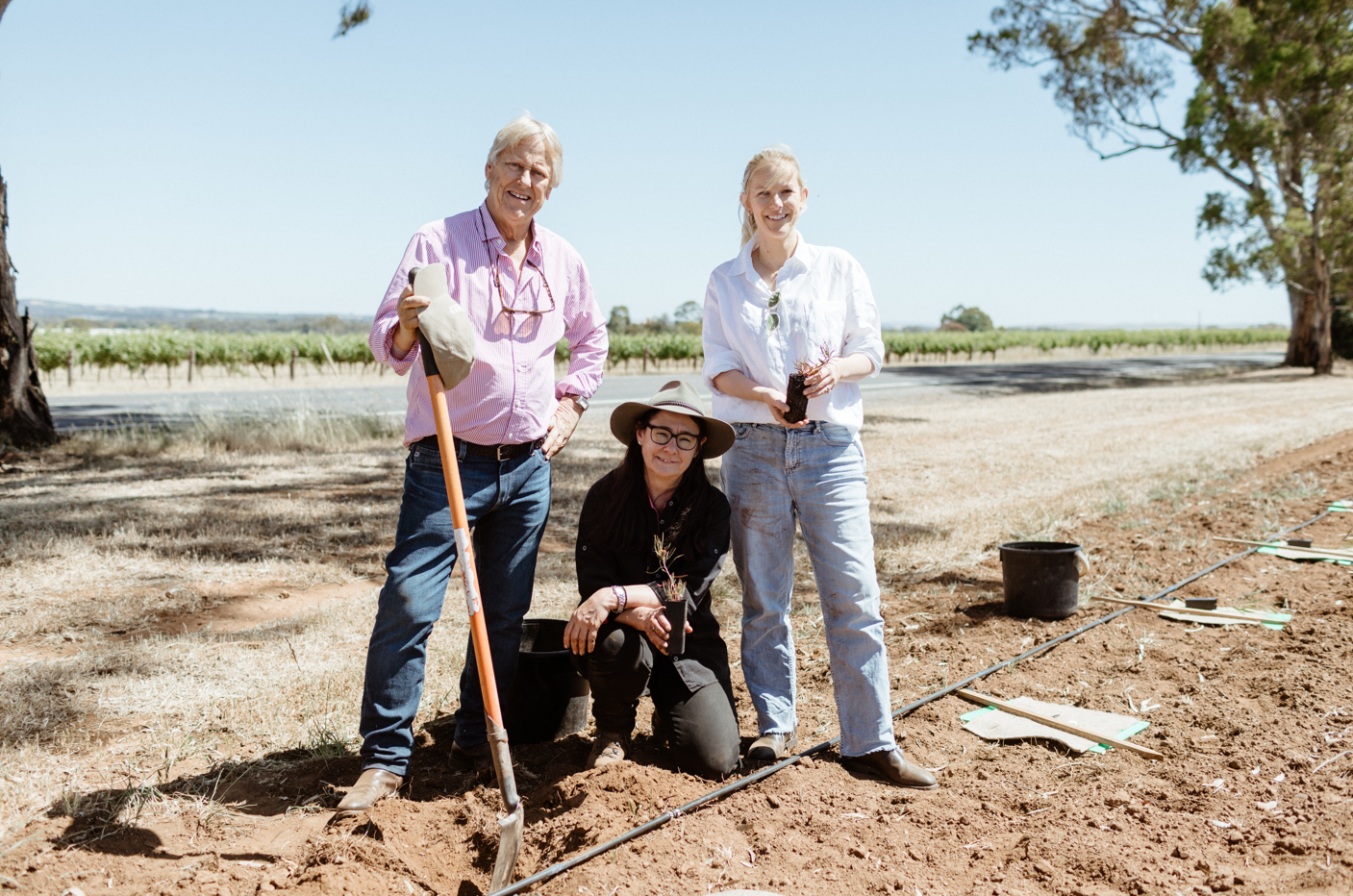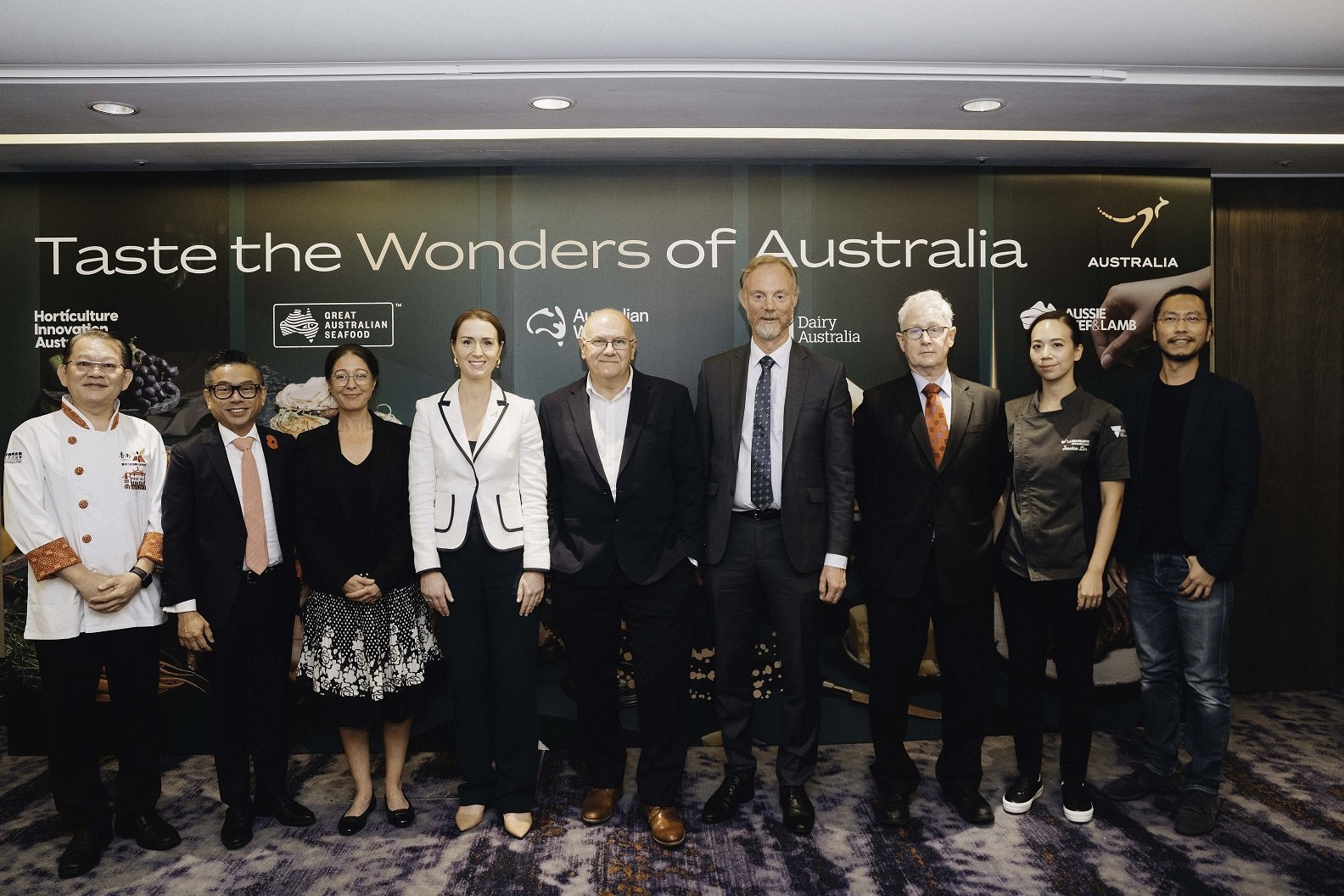Commercial vineyards are selling at almost double the prices of two and three years ago as the Chinese thirst for Australian wine grows.
According to a new rural outlook report from Colliers International, wine is Australia’s 4th largest agriculture commodity with a total export value of $2.64 billion; with a significant 12% increase on last year.
China continues to be the key growth market for wine exports with total value expected to reach $595 million in 2016/17, almost tripling since 2013/14.
Colliers International director Tim Altschwager said the outlook for this year was positive "particularly for red wine varieties, with the largest crop harvested in 10 years, aligning with firming prices".
"There has been a noticeable spike in demand for premium vineyards with regional brands, particularly in the Barossa Valley and McLaren Vale in South Australia and the Yarra Valley in Victoria," the report said.
"The 2017 vintage produced the biggest wine grape crop this millennium at 1.93 million tonnes and still the average price of fruit rose 7% (source: National Vintage Report).
"According to Wine Australia the average wine grape price has reached its highest since 2008 at $565 per tonne. This equates to expected revenue of $1.22 billion, up 13 per cent on 2016. The red grape crush of 1.062 million tonnes was up 12%; the white grape crush at 0.887 million tonnes was down 2%. Shiraz representing 47% was the dominant variety with an average price of $765 per tonne, up 12%. The highest average price was $884 per tonne for Pinot Noir."
Regarding vineyard sales, Colliers said the rate of inquiry for vineyards in 2017 was generally healthier across the board than for some time, "albeit off a low base".
"Long standing vineyard listings also began to move and/or attract market interest. Also noted was a similar increase in the inquiry rate for well-located, smaller wineries in premium wine regions."
Highest demand was for commercial vineyards, where Colliers has seen values nearly double in the past 24
months. These are predominantly located in the inland irrigated regions, such as the Riverland and Murray-Darling, as well as temperate regions, such as Langhorne Creek and the Wrattonbully and Padthaway regions of the Limestone Coast Zone of the South East of South Australia.
"There has been a noticeable spike in demand for premium vineyards with regional brands, particularly in the Barossa Valley and McLaren Vale in South Australia and the Yarra Valley in Victoria. Market activity in these popular regions has been boosted by some significant transactions, notably sales to market leaders Treasury Wine Estates and Casella Wines, and by continued inquiries from prospective Chinese buyers."
Recent sales in the Barossa Valley for smaller, high quality, planted holdings for example, show rates above $200,000 per hectare for iconic red varieties and over $100,000 per hectare in the Yarra Valley and McLaren Vale for super premium plantings."
However, Colliers notes: "Although the overall outlook has improved, prices for established vineyards in many cases are still less than what it costs to establish them. New plantings cost $40,000 to $50,000 per hectare. A vineyard incurs annual maintenance costs of (up to) $10,000 per hectare, depending upon the region, the site, and the varieties. It takes around seven years for new plantings to produce a “reliable” or dependable crop.
"Viticulturists then remind us of the effect of agricultural risk “bad years”, frost, pests, disease, extreme weather events and increasing costs. These factors, coupled with the possibility of a rising market, translate into real incentive for buyers to purchase established vineyards."
Share the content
